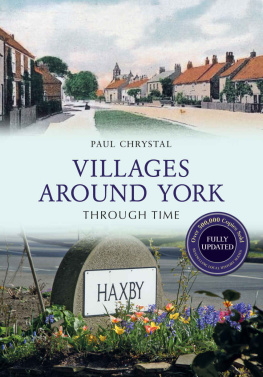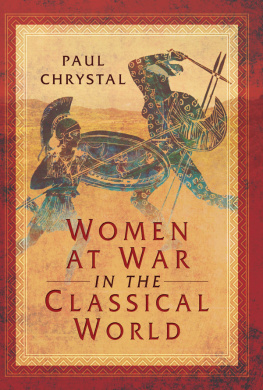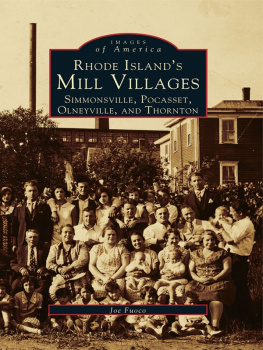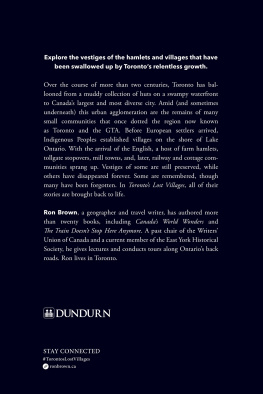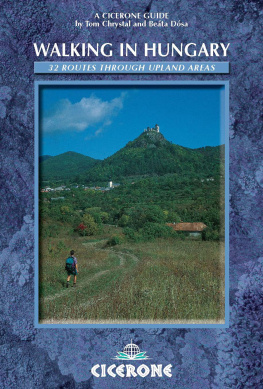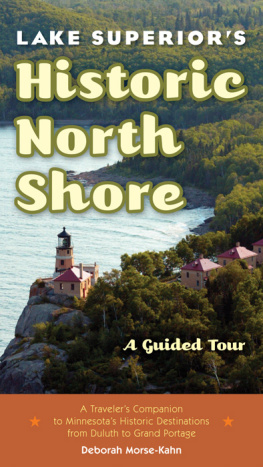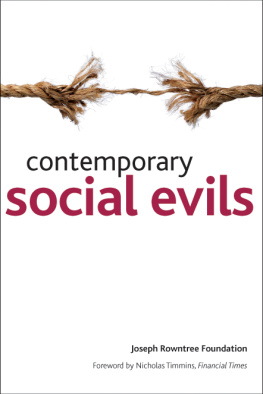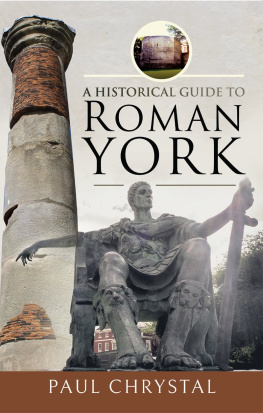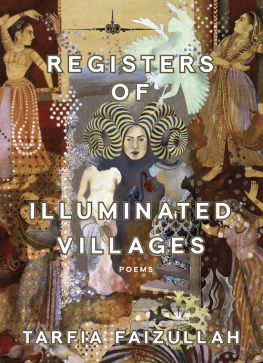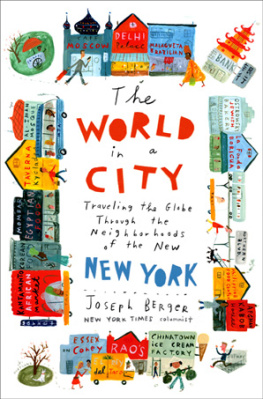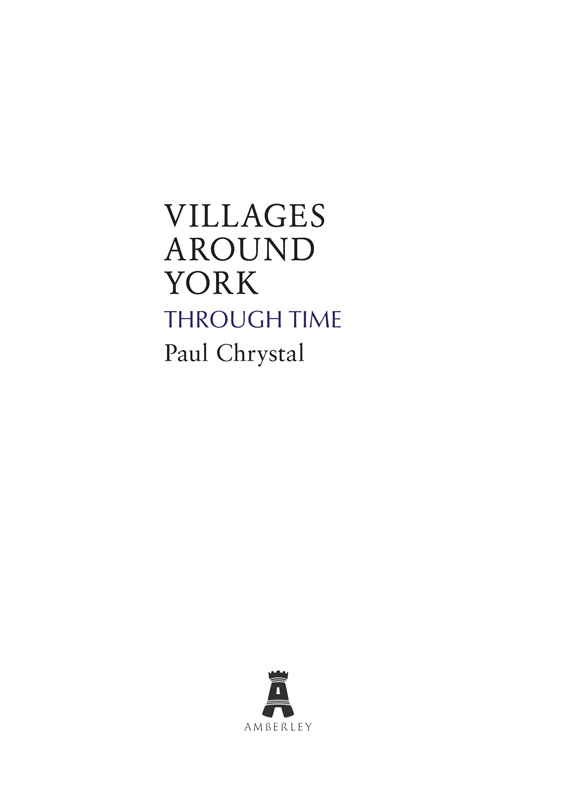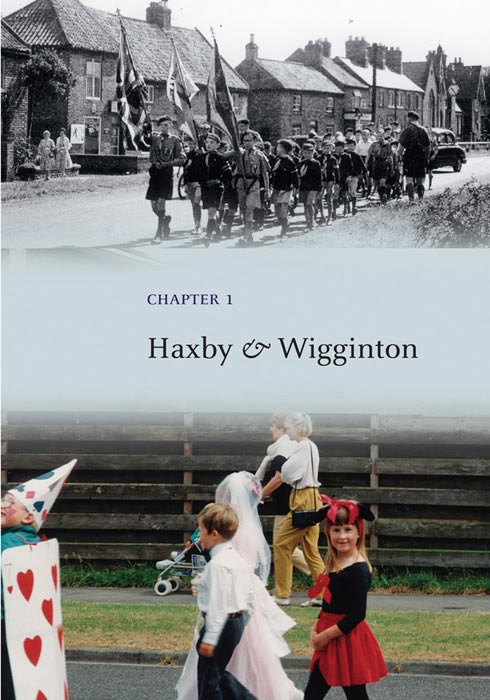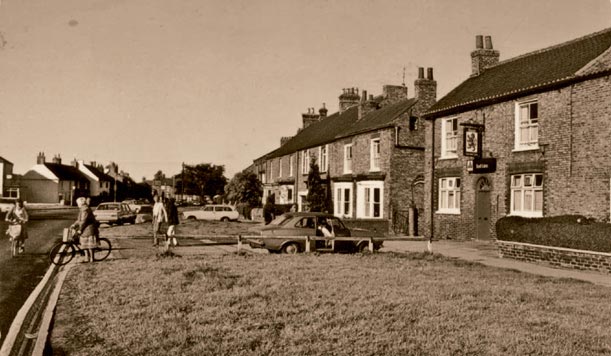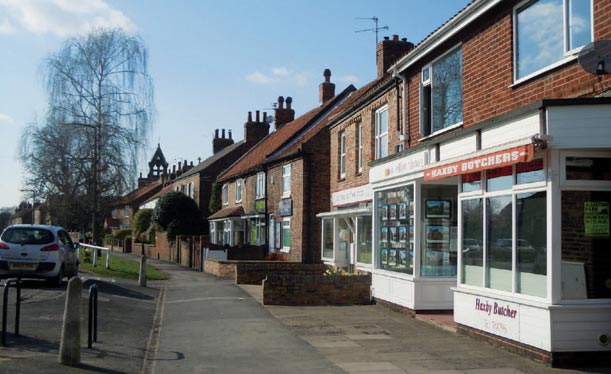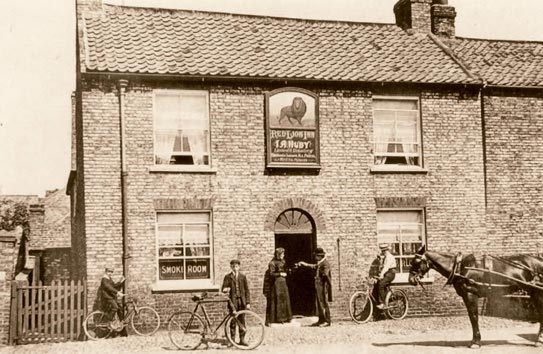Acknowledgements
Thanks go to the following for their help and advice, and for being so generous with their photographs and postcards; the book would be much diminished without them. Any errors that remain are all mine.
Elaine Armstrong, Joseph Rowntree School; Jenny Bell, Haxby Town Council; Benjamin Brown; Chris Brown, Browns Nurseries; Melvyn Browne; Carol Carr; Colin Carr; Betty Chapman; Anne Chrystal; Alan Clark; John and Dawn Gates; Julian Gladwin; Mark Harrison, Huntington Methodist Church; Haxby Local History Group; Chris Headley, New Earswick Folk Hall; David Ingham; Mr and Mrs Lockwood; Richard Ludlow, Robert Wilkinson VC Primary School; Ian Mason; Benjamin Mould; Northern Scientific (York); John Pearson, York Golf Club; Carol Prangnell, Headlands Community Primary School; Foxton Ronald (Bill) Pulleyn; Nancy Pulleyn; Richard Pulleyn; Philip Roe; Joseph Rowntree School.
For Anne, Rachael, Michael and Rebecca
Front cover illustrations: Old Haxby in the late 19th century; the beautiful floral decoration which greets everyone entering the village from Wigginton. We have Jacob Verhoef, formerly of nearby Dutch Nurseries, to thank for this. Back Cover illustrations: Strensall army camp in the early 20th century; Strensall war memorial. Page 5 illustrations: Haxby Carnival parades in the 1960s and, in Briergate, with Minnie the Minx in the mid-1990s.
First published 2010, 2015
Amberley Publishing
The Hill, Stroud Gloucestershire, GL5 4EP
www.amberley-books.com
Copyright Paul Chrystal, 2010, 2015
The right of Paul Chrystal to be identified as the Author of this work has been asserted in accordance with the Copyrights, Designs and Patents Act 1988.
ISBN 9781445650678 (PRINT)
ISBN 9781445650685 (eBOOK)
All rights reserved. No part of this book may be reprinted or reproduced or utilised in any form or by any electronic, mechanical or other means, now known or hereafter invented, including photocopying and recording, or in any information storage or retrieval system, without the permission in writing from the Publishers.
British Library Cataloguing in Publication Data.
A catalogue record for this book is available from the British Library.
Typesetting by Amberley Publishing.
Printed in the UK.
Contents
Introduction
This is a revised edition of the bestselling Villages Around York Through Time with half of the photographs completely new and a revised and updated text.
With a highly photogenic and historical city like York on the doorstep it is easy to overlook the many picturesque villages surrounding the city each of which has their own individual heritage and historical significance. This book tells the story of five of those villages in pictures and in words and demonstrates how their heritage lives on today, how it has changed or how it has disappeared. It does this by juxtaposing contemporary photographs with older ones so that each page gives a fascinating then and now picture of the villages and the villagers. Informative captions complement the pictures and, in so doing, provide what is effectively a brief history of each village from earliest times up to today.
The five villages here to the north of York have a number of things in common: they are each close to or on the River Foss; they were all until fairly recently agricultural communities and they are now all pleasant and rewarding places to live in largely but by no means exclusively for workers in York and further afield. They also have characteristics which are unique to themselves.
Haxby politically a town but still very much a village at heart is the largest of the five. The York Herald put it very well in 1911 when it said: Haxby is a peaceful spot and one can understand that the office workers of the city of York who live here find rest and refreshment in the sight of field and garden at the close of day; the same can still be said today in 2015.
Likewise Wigginton smaller than Haxby and often unfairly overlooked as a result it has its own history and character which are well worth experiencing and exploring.
Strensall will always be associated with the military and the Army has certainly exerted a strong influence on the village but there is more to it than that, as shown here by the intriguing histories of schools and churches. York Golf Club on the edge of the village provides another fascinating story.
Huntington too has a fine church, a fine Hall and some wonderful stories from down the ages involving royal pardons, cavalry officer chivalry, Zeppelin raids and bomber crashes.
New Earswick, much younger, is world famous for Sir Joseph Rowntrees innovative and visionary garden village, putting it at the forefront of early twentieth century social reform in Britain. Many of us pass through the village every day forgetting, Im sure, just how important it is in the history of social welfare.
So, a book to be dipped into or read straight through as a glimpse of aspects of English history through five villages from the Norman Conquest to the early twenty-first century. It will interest, entertain and inform local resident and visitor alike and indeed anyone who has moved away from the area and needs a nostalgic reminder of what they remember and how far it has changed. If it inspires the reader to pursue their local history further then it will have achieved its aim.
A book like this is, of course, only as good as the photographs it contains. The majority have been provided by the individuals and institutions acknowledged above; their generosity ensures that the history of these villages lives on a little longer and can be enjoyed and researched by future generations.
So, a book to be dipped into or read straight through, giving a glimpse of aspects of English history reflected in and by these five fascinating York villages.
Paul Chrystal, June 2015
The Village Looking West
Looking down The Village in the 1970s with the Red Lion on the right. Up until the second half of the twentieth century the 2000 acres of the parish were almost totally devoted to agriculture with 1100 acres under cultivation and 800 as pasture at the time of enclosure in 1769. Parish registers from around 1850 show that of the 218 men recorded 144 were farmers or farm labourers and a further forty-six were in trades supporting farming such as blacksmiths and carpenters. The 1941 Farm Survey shows there to be no fewer than thirty-eight farms in and around Haxby including many, like the 107-acre Church Farm at what is now No. 44 The Village, in the centre of the village itself.
The Red Lion
The Red Lion appears on Ordnance Survey maps from the mid-nineteenth century. Bicycles and a horse and cart feature in this Edwardian photograph. Apart from its function as a hostelry the Red Lion also served as an eighteenth-century business centre: the meeting to finalise the construction of the two miles of the Foss Navigation north of Haxby was held here in May 1795 with a cost of 460 being agreed with contactors John Harrison & Co. The other old village tavern was, and still is, the Tiger Inn, first mentioned in records in 1840 when two cottages and a blacksmiths were converted to make it into a public house.

